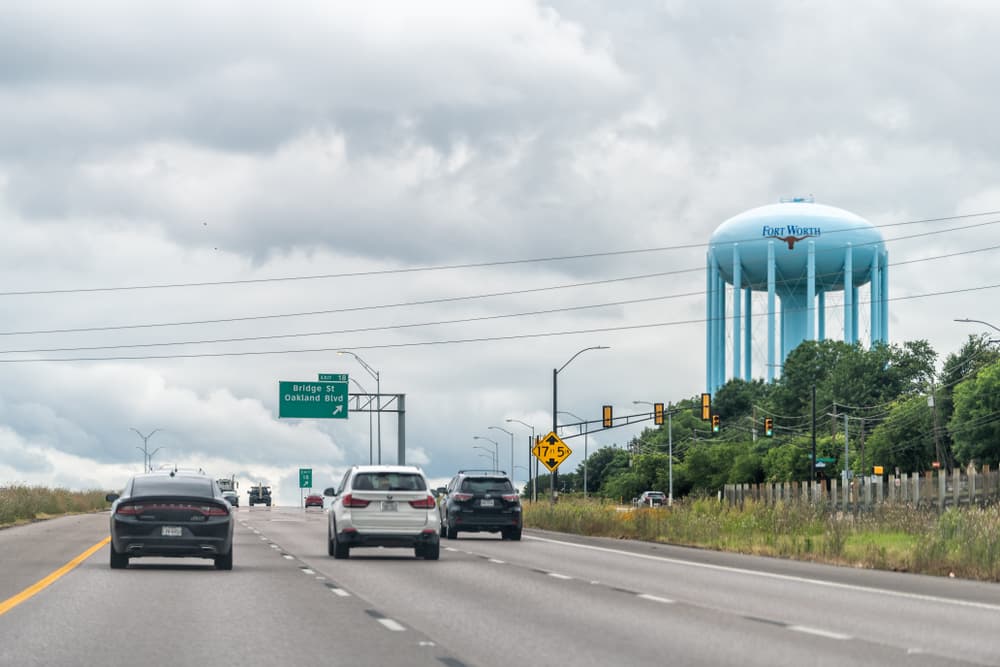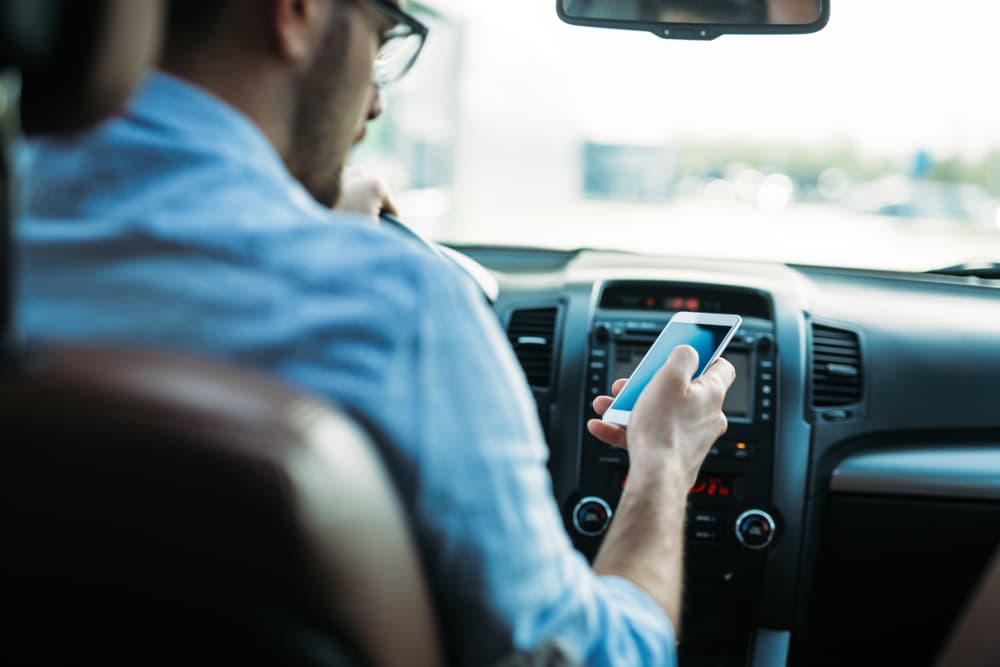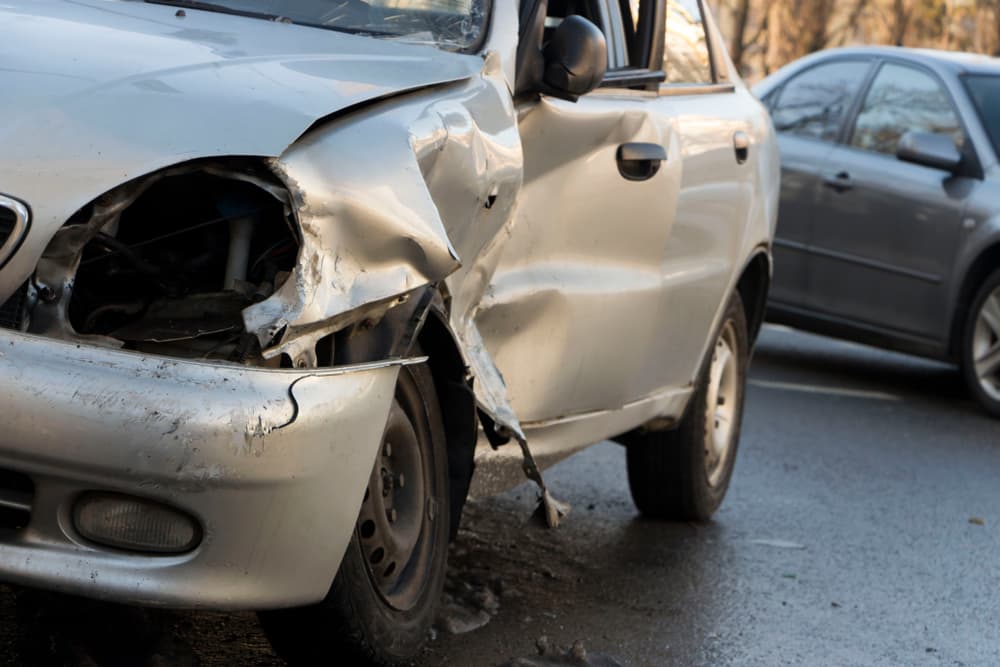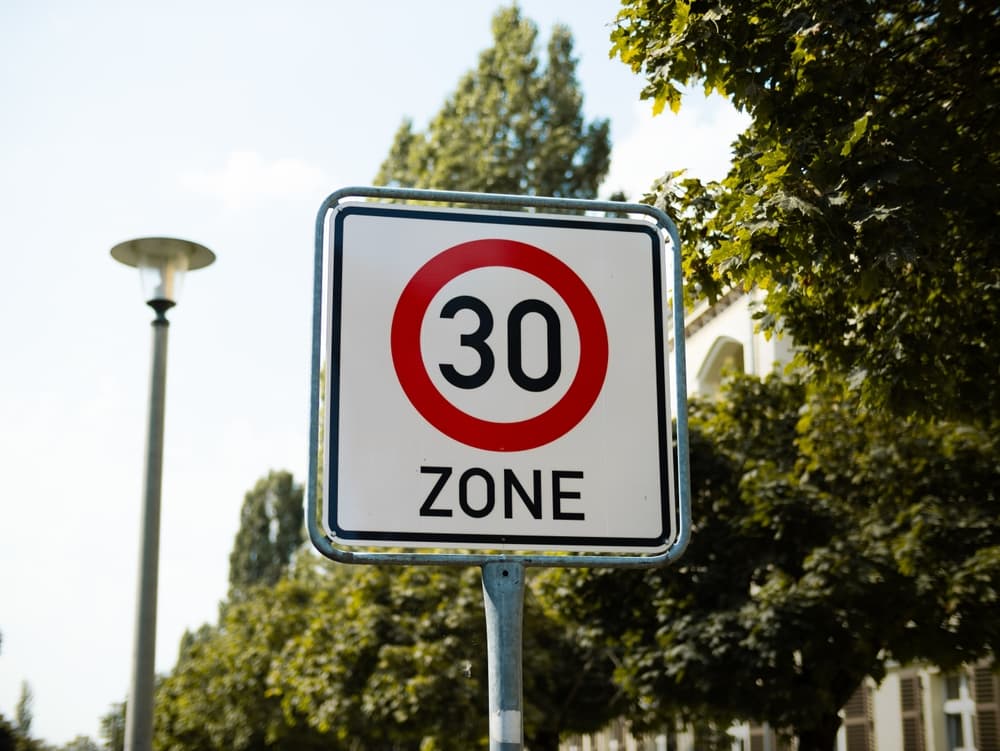Car accidents are unfortunate and common in Fort Worth, Texas. Over 13,400 traffic accidents were reported in 2022. Major interstate highways, busy streets, and dangerous intersections experience heavy congestion, high-speed limits, and other hazardous conditions, increasing the risk of accidents.
If you or a loved one has suffered injuries in a car accident, contact the Fort Worth car accident attorney at Francis Firm at (817) 329-9001 for a free consultation to explore your options for compensation and support.
High-Risk Areas for Car Accidents in Fort Worth
Data from various sources, including the Texas Department of Transportation (TxDOT) and local law firms, repeatedly highlight several high-risk areas in Fort Worth.
Interstate Highways
- I-820 and I-35W: These highways have several stretches with high accident rates due to heavy traffic and frequent congestion.
- I-30 and I-20: While not as densely concentrated as I-820 and I-35W, these interstates also see many accidents.
Major Roads and Streets
- Berry St.: This road, especially the stretch between TCU and Cobb Park, is known for frequent accidents.
- Henderson St.: Running from downtown Fort Worth to the Clear Fork Trinity River, this street is another high-risk area.
- US-287 BUS: The segment between I-820 and downtown Fort Worth is particularly accident-prone.
- TX-183: West of I-35W, this road sees a high volume of accidents.
Other Notable Dangerous Roads

- Belknap St.
- Weatherford St.
- Jones St.
- TX-303/Rosedale St.
- University Dr.
- Growley Rd.
- Sycamore School Rd.
Dangerous Intersections
- Overton Ridge Blvd. and Frontage Rd.
- West Creek Dr. and Altamesa Blvd.
- Risinger Rd. and Hulen St.
- Hemphill St. and Seminary Dr.
- I-35W at Rosedale St.
- Berry St. and Vaughn Blvd.
- Main St. and NE 28th St.
Pedestrian Accident Hotspots
- 2nd St. and Main St.: This intersection is particularly dangerous for pedestrians.
Heavy congestion, fast speed limits, and traffic entering and exiting the roadway characterize these accident hotspots, creating hazardous driving conditions.
Common Causes of Car Accidents in High-Risk Areas
According to multiple sources, including the Texas Department of Transportation (TxDOT) and various legal analyses, several key factors consistently contribute to accidents in these locations.
Speeding
Speeding is a major cause of accidents in Fort Worth. High-speed driving reduces a driver’s reaction time and increases the severity of collisions. Areas like I-820 and I-35W see numerous accidents due to drivers exceeding speed limits. In one recent year, speeding was a contributing factor in over 38% of all crashes in Texas.
Distracted Driving

Distracted driving includes any activity that diverts attention from driving, such as texting, eating, or using in-car technologies. Distracted driving resulted in over 95,000 crashes in Texas in one recent year. Intersections and busy streets like Berry St. and Henderson St. are particularly vulnerable to accidents caused by distracted drivers.
Drunk Driving
Driving under the influence remains a significant issue. Drunk drivers often exhibit impaired judgment and slower reaction times, which can lead to severe accidents. High-risk areas for drunk driving incidents include major highways and streets with high traffic volumes, such as University Dr. and Main St.
Running Red Lights and Stop Signs
Ignoring traffic signals is a common cause of accidents at intersections. Drivers who run red lights or stop signs create dangerous situations, leading to high-impact collisions. Notable intersections like I-35W at Rosedale St. and Berry St. and Vaughn Blvd. are frequently reported for such violations.
Failing to Yield the Right of Way
Accidents often occur when drivers fail to yield the right of way at intersections or during turns. This type of negligence leads to many collisions, especially in densely populated or heavily trafficked areas. High-risk intersections, such as Hemphill St. and Seminary Dr., see frequent accidents due to failure to yield.
Car Accidents Statistics in Fort Worth
Various sources, including the Texas Department of Transportation (TxDOT) and local legal firms, provide detailed data on the frequency and nature of these accidents.
Overall Accident Rates
In one recent year, Fort Worth experienced over 13,400 traffic accidents, resulting in numerous injuries and fatalities. These accidents are not evenly distributed throughout the city but tend to cluster in certain high-risk areas such as major highways and busy intersections.
High-Accident Locations
- Interstate Highways: I-820 and I-35W are particularly notorious for high accident rates due to heavy traffic and high speeds. I-30 and I-20 also see significant numbers of accidents, although they are less densely concentrated compared to I-820 and I-35W.
- Major Streets: Roads like Berry St., Henderson St., and US-287 BUS frequently report high accident numbers. These streets are often busy and can be dangerous due to the mix of local and through traffic.
Seasonal and Time-of-Day Variations
Accidents in Fort Worth show certain patterns based on the time of year and day.
- Time of Day: Rush hours (7-9 AM and 4-7 PM) see higher accident rates due to increased traffic volume. Late-night hours, especially on weekends, also report more accidents, often related to drunk driving.
- Seasonal Trends: Summer months, particularly July, tend to have higher accident rates. Increased travel, vacation traffic, and holiday celebrations contribute to this rise. Conversely, winter months may see spikes due to adverse weather conditions like rain and occasional ice.
Severity of Accidents

- Fatal Accidents: In one recent year, Fort Worth recorded 120 fatalities from car accidents. Many of these occurred on major highways and high-speed roads where the impact of collisions tends to be more severe.
- Injuries: Serious injuries, totaling over 516 in another recent year, are common in high-risk areas. The severity of injuries often correlates with the speed and nature of the collision, such as head-on crashes or incidents involving pedestrians.
Impact of Environmental Factors on Car Accidents
Environmental factors significantly influence the frequency and severity of car accidents in Fort Worth. These factors include weather conditions, road design, and ongoing construction projects.
Weather Conditions
Adverse weather conditions such as rain, fog, and occasional ice can create hazardous driving environments. Rain is particularly impactful as it can make roads slippery, reduce visibility, and increase stopping distances, leading to a higher likelihood of collisions. For instance, wet roads are a common cause of accidents on major highways like I-820 and I-35W.
Road Design and Infrastructure
The design and maintenance of roads play a critical role in accident rates. Poorly designed intersections, narrow lanes, and inadequate signage can lead to confusion and collisions. Specific areas in Fort Worth, such as the intersections of Overton Ridge Blvd. and Frontage Rd. and West Creek Dr. and Altamesa Blvd., are notorious for their complex layouts and high accident rates.
- Narrow and Winding Roads: Roads that follow natural contours, especially in rural areas, are prone to accidents due to their challenging navigation. Drivers often need to exercise higher levels of concentration and lower speeds to traverse these roads safely.
- Construction Zones: Ongoing construction projects can also increase accident risks. Projects on I-35W, Chisholm Trail Parkway, and Loop 820 often lead to detours, reduced lanes, and lower speed limits, contributing to congestion and collisions.
Lighting and Visibility
Low visibility conditions, whether due to poor lighting or weather, can lead to an increase in accidents. Accidents frequently occur at night or during early morning hours when visibility is naturally lower. High-risk areas with inadequate street lighting, such as certain sections of Berry St. and University Dr., see higher accident rates during these times.
Legal and Safety Considerations in Construction Zones
Construction zones present unique challenges and heightened risks for drivers in Fort Worth. Ongoing projects on major highways and roads often lead to detours, lane reductions, and changes in traffic patterns, which can increase the likelihood of accidents.
Increased Accident Risks

Construction zones often involve:
- Reduced Speed Limits: Lower speed limits are implemented to protect workers and drivers, but abrupt changes can lead to rear-end collisions.
- Narrow Lanes and Lane Shifts: These create confusion and reduce the margin for error, increasing the risk of sideswipe and head-on collisions.
- Detours and Traffic Rerouting: Detours can disorient drivers, especially those unfamiliar with the area, leading to accidents.
Legal Considerations
Accidents in construction zones often involve additional legal complexities. Key considerations include:
- Determining Liability: Liability in construction zone accidents can be complicated, involving multiple parties such as construction companies, municipal agencies, and other drivers. A thorough investigation is necessary to determine the responsible party.
- Increased Penalties: Texas law imposes higher fines and penalties for traffic violations in construction zones, reflecting the increased danger and the need for caution.
- Documentation and Evidence: Collecting evidence such as photos, witness statements, and police reports is crucial in construction zone accidents. This documentation can help establish fault and support compensation claims.
Legal Recourse for Accident Victims in Fort Worth
For those who have been involved in car accidents in Fort Worth, understanding the legal avenues available for seeking compensation is crucial. Accidents often lead to significant physical, emotional, and financial burdens. The legal system provides mechanisms to help victims recover damages for these losses.
Overview of the Legal Process for Car Accident Claims
The process of pursuing a car accident claim typically involves several key steps:
- Gathering Evidence: This includes police reports, medical records, witness statements, and photos of the accident scene. Evidence is necessary to establish fault and the extent of damages.
- Filing a Claim: The next step involves filing a claim with the at-fault party’s insurance company. This claim should include all documented evidence and a detailed account of the accident and injuries sustained.
- Negotiations: Insurance companies often attempt to minimize payouts. Effective negotiation is critical to ensuring fair compensation. This is where an experienced personal injury lawyer can make a significant difference.
- Litigation: If negotiations fail, the case may proceed to court. An attorney will represent the victim, presenting evidence and arguing for adequate compensation before a judge or jury.
Types of Compensation Available
Victims of car accidents in Fort Worth may be entitled to various types of compensation:
- Medical Expenses: Covers costs for hospital stays, surgeries, medication, rehabilitation, and any future medical care required due to the accident.
- Lost Wages: Compensation for income lost due to the inability to work following the accident. This also includes potential future earnings if the injuries result in long-term disability.
- Pain and Suffering: Non-economic damages for physical pain, emotional distress, and reduced quality of life caused by the accident and resulting injuries.
- Property Damage: Covers the repair or replacement of the victim's vehicle and any other property damaged in the accident.
- Punitive Damages: In cases where the at-fault party’s behavior was particularly egregious, the court may award punitive damages to punish the wrongdoer and deter similar conduct in the future.
Role of Personal Injury Lawyers
Personal injury lawyers play a pivotal role in the claims process by:
- Providing Legal Advice: Offering expert guidance on the best course of action based on the specifics of the case.
- Handling Documentation: Managing all paperwork and ensuring that claims are filed correctly and timely.
- Negotiating with Insurers: Leveraging their experience to negotiate effectively with insurance companies to secure fair settlements.
- Representing in Court: If necessary, presenting the case in court to ensure the victim’s rights are upheld and just compensation is awarded.
For those affected by car accidents in Fort Worth, understanding these legal options and seeking the assistance of a knowledgeable personal injury lawyer can significantly impact the recovery process. The Francis Firm is dedicated to helping accident victims navigate this complex landscape, ensuring they receive the compensation they deserve to aid in their recovery and future stability.
Contact the Francis Firm Today

Navigating the aftermath of a car accident in Fort Worth can be overwhelming, but having the right legal support can make all the difference. With a deep understanding of local accident hotspots, causes, and legal intricacies, the Francis Firm is well-equipped to handle even the most complex cases.
If you or a loved one has been injured in a car accident, don't wait to seek the help you need. Contact the Fort Worth personal injury lawyer today at at (817) 329-9001 for a free consultation and take the first step towards justice and recovery. Let us fight for your rights and help you navigate this challenging time with confidence and care.